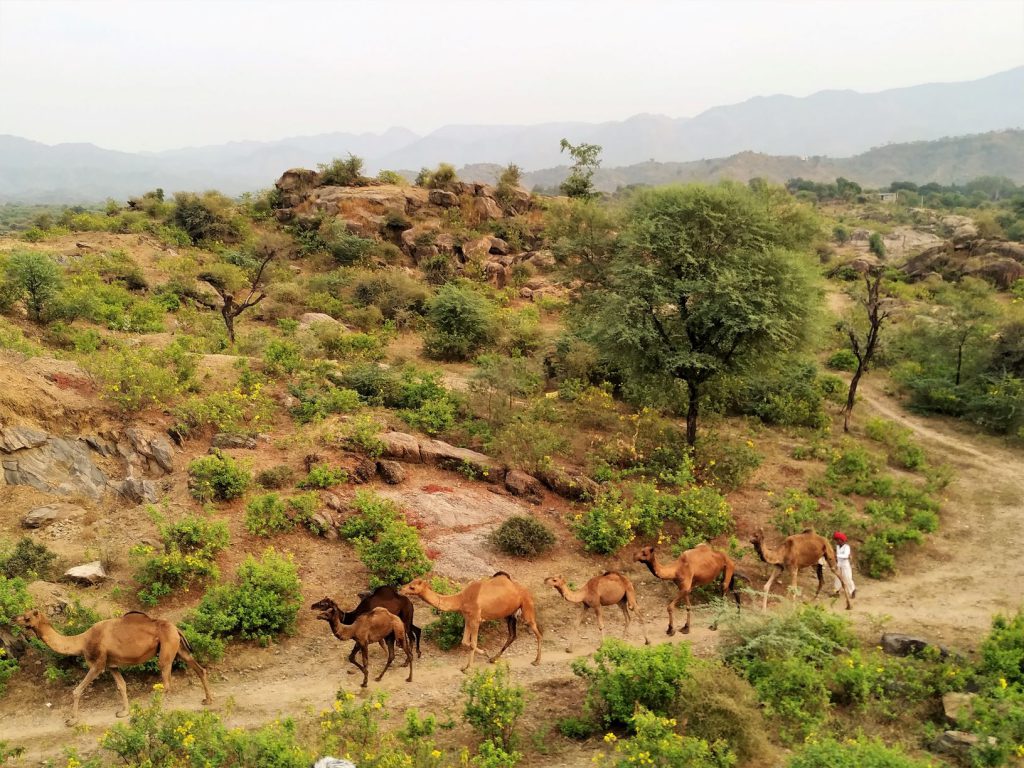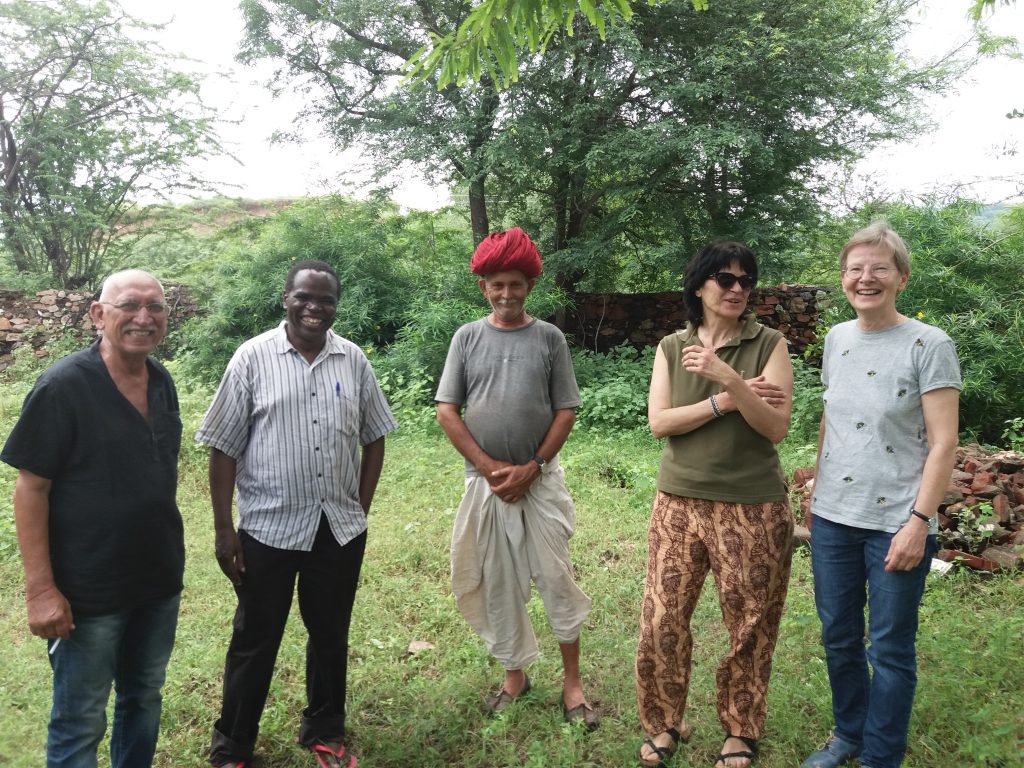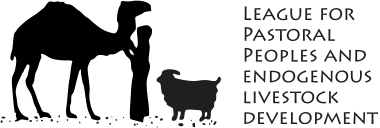The ‘livestock efficiency paradigm’ needs to be revised post-Corona

We need to improve livestock efficiency to enhance sustainability has been the mantra promoted by most experts. However, this approach has not considered that animals (and people) are ‘holobionts’ and come together with billions of micro-organisms. (Wikipedia: A holobiont is an assemblage of a host and the many other species living in or around it, which together form a discrete ecological unit.) Efficiency applied to biological organisms breeds pandemics, so we need to diversify, disperse and decentralize livestock keeping, if we want to prevent a repeat of the current crisis. For this we need to take guidance from the pastoralist playbook, suggests LPP’s Ilse Köhler-Rollefson in this article: medium.com/@ilse.koehlerroll/prescription-for-a-healthy-and-resilient-post-corona-livestock-sector-ad495c182f96
Counting pastoralists – our international collaboration

Pastoralism is absolutely a worldwide phenomenon, but it takes different guises and has variable significance in individual countries. This is one of the reasons why nobody knows how many pastoralists there are in the world. There is no uniform definition and countries do not collect data on how many of their livestock are kept in pastoralist systems. In a project supported by Misereor, LPP has contracted country studies to experts in three countries (Arhentinia, Germany, and Kenya/Uganda) to look into developing a unified methodology. Currently we are at the stage of discussing the country reports in weekly Zoom meetings.
- Go to the previous page
- 1
- …
- 9
- 10
- 11
- 12
- 13
- 14
- 15
- …
- 84
- Go to the next page
